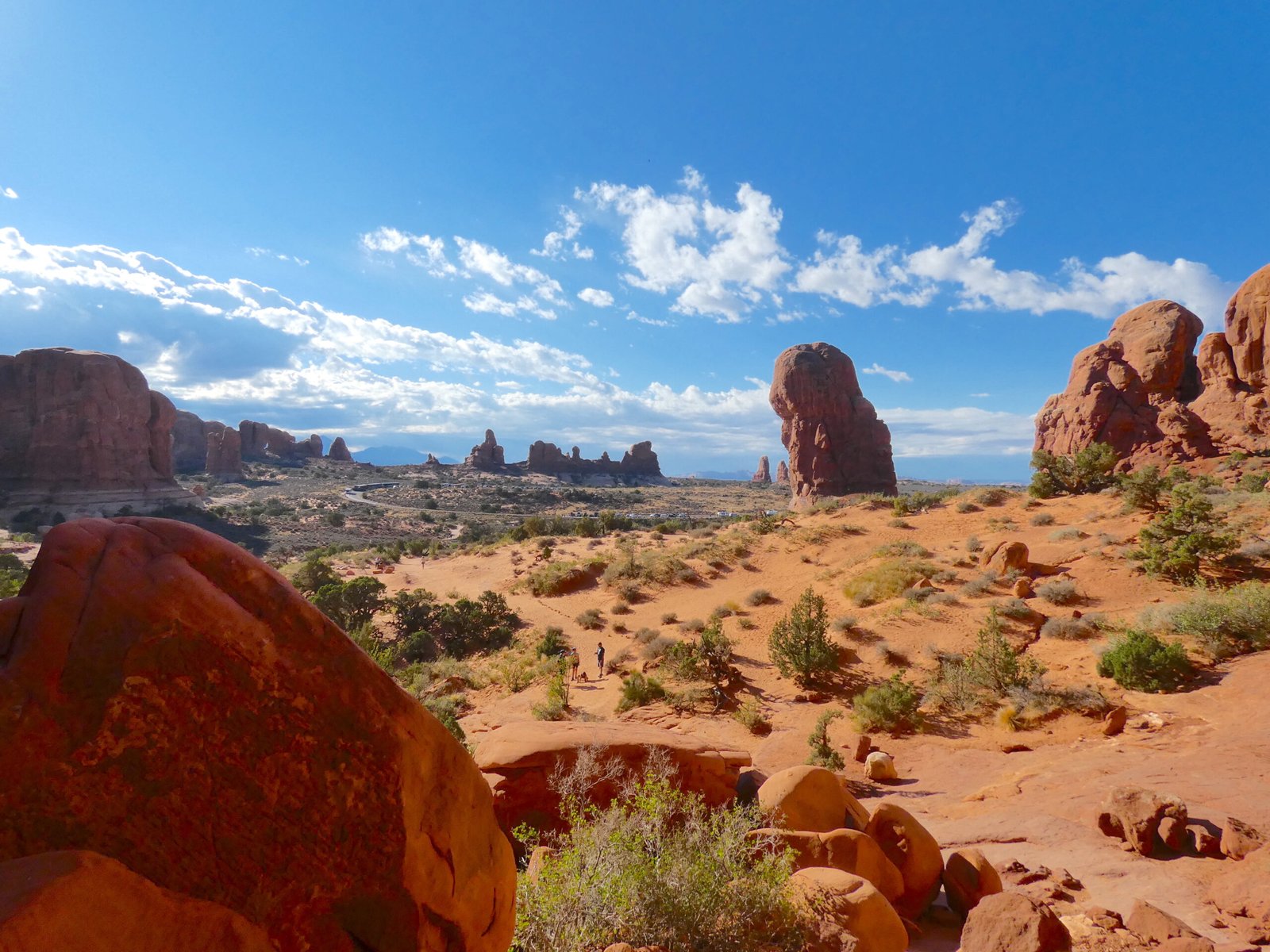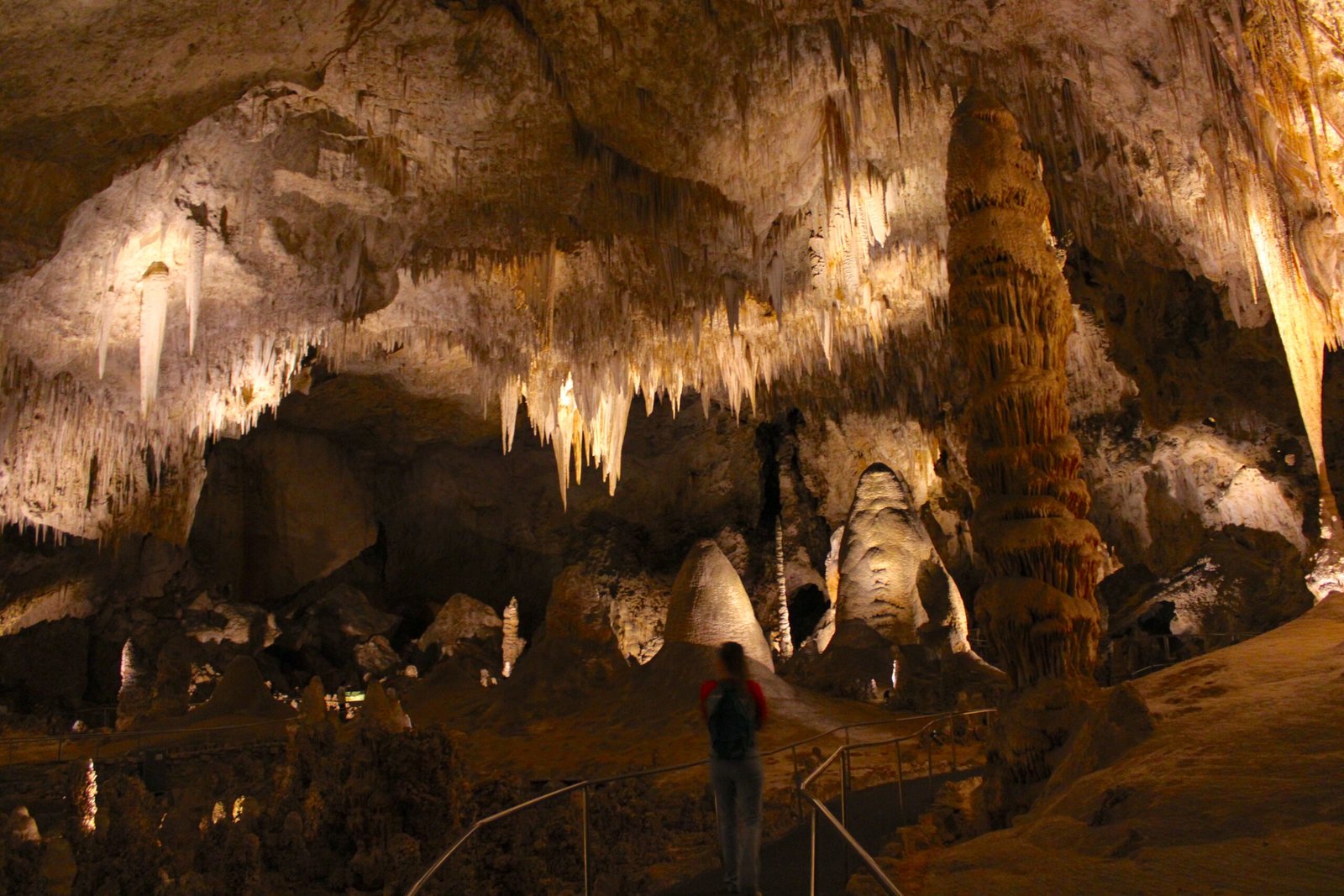Plan the perfect trip to Rocky Mountain National Park with this complete travel guide! Featuring everything you need to know before you go, including the parks reservation system, entrance fees, best time to visit, & more.
It’s important to note that park elevation ranges from 7,500 ft to 12,000 ft, so those visiting from lowers elevation may experience altitude sickness. Remember bring plenty of water, snacks, sun protectant, and take your time when exploring Rocky Mountain National Park.
This post contains affiliate links, so we may earn a small commission when you make a purchase through links on our site at no additional cost to you.

ABOUT ROCKY MOUNTAIN NATIONAL PARK
Rocky Mountain is a 265,000 acre national park located in north central Colorado. It was established 1915 and is one of highest elevation national parks in the US. The park features the iconic Trail Ridge Road, a 48 mile stretch that gains 4,000 feet in elevation as it winds up and over the parks dramatic towering mountain peaks and valleys. The park features over 300 miles of hiking trails, 5 developed campgrounds, wildlife viewing, and nearly 100 miles of scenic drives.
ENTRANCE FEE
$35 per vehicle which is valid for 7 days. You can also use the America the Beautiful Pass to enter for free. No cash payments are accepted at the entrance station. If you are traveling with cash you can pay the entrance fee at Beaver Meadows, Fall River, or Kawuneeche Visitor Centers.
RESERVATION SYSTEM
May 24th to mid October timed entry reservations are required to access Rocky Mountain National Park. There are two types of reservations available in Rocky Mountain.
Timed Entry which includes access to all areas of the park, excluding Bear Lake Road, during the hours of 9 a.m. to 2 p.m.
Timed Entry + which includes access to all areas of the park including Bear Lake Road, during the hours of 5 a.m. to 6 p.m.
When making a reservation, visitors will choose a 2 hour time period to arrive for each day you plan to be in the park..
For more information about the timed entry reservations in Rocky Mountain National Park, visit the park website.
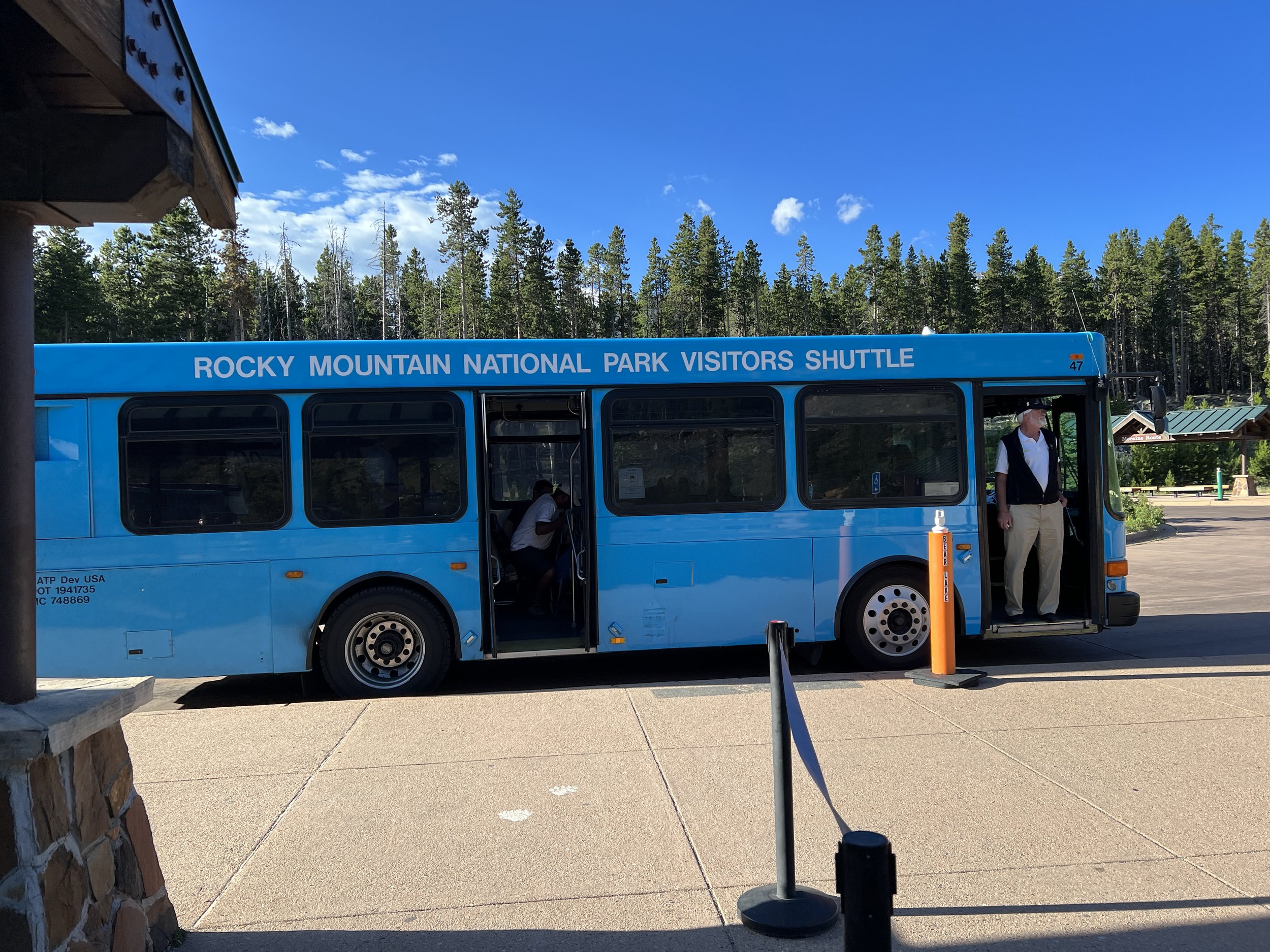
SHUTTLE SYSTEM
May 24th to October 20th, a free shuttle system is available for visitors to access Rocky Mountains most sought after attractions. Parking lots are small and often fill up quickly, providing a necessary means of transportation around the park. There are three routes all within the east side of the park, Bear Lake Corridor, Moraine Park, and Hiker Shuttle from Estes Park Visitor Center.
For more information about the shuttle system in Rocky Mountain, visit the park website.
PET POLICY
Pets must be leashed at all times and no longer than 6 feet in length. They are only allowed in campgrounds, picnic areas, parking lots, and along park roads. They aren’t allowed on any trails inside Rocky Mountain National Park.

GETTING TO ROCKY MOUNTAIN
Rocky Mountain National Park is located in north central Colorado, about an hour and a half drive from Denver. The park is situated between the towns of Grand Lake on the west and Estes Park on the east with the Continental Divide running through the heart of the park.
- Boulder – 38 miles or 1 hour
- Denver – 66 miles or 1.5 hours
- Fort Collins – 45 miles or 1 hour
- Colorado Springs – 134 miles or 2.5 hours
- Grand Junction – 210 miles or 4 hours
NEAREST AIRPORTS
- Denver International

BEST TIME TO VISIT
Rocky Mountain National Park is open 24 hours 365 days a year giving you the opportunity to see this park in a variety of ways.
SPRING
As the seasons change, spring temperatures can fluctuate from warm & sunny to cold & windy quickly. March and April bring the most snow to Rocky Mountain. Trail Ridge Road remains closed.
SUMMER
Summers in Rocky Mountain are the busiest time for the park. Temperatures are warm with the average in the 70s and 80s. Afternoon thunderstorms occur frequently in July and August bringing heavy rain, lighting and wind. Timed entry reservations, shuttle buses, Trail Ridge Road and all trails are open.
FALL
Fall brings crispy sunny days with typically clear blue skies. Cold fronts may come through during this time. Trail Ridge Road closes in October. Changing fall colors make hiking and scenic driving a must do.
WINTER
Winters at Rocky Mountain National Parks higher elevations can start as early as September and stretch as late as June. Snow covered roads and trails can limit activities available in winter, however, the magic of seeing the trees and mountains covered in white snow make winter in Rocky Mountain something to experience.
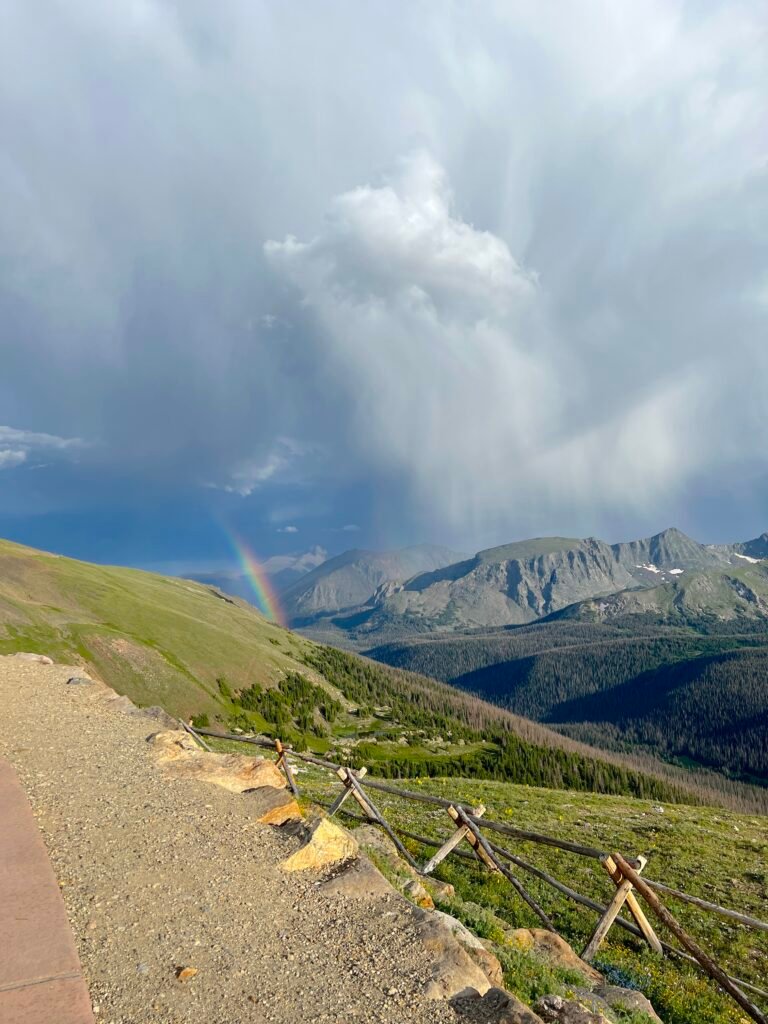
WHAT TO BRING
Plenty of Water
Be sure to pack extra water and stay hydrated while exploring. We love adding LMNT’s electrolyte packets to our insulated water bottles to stay hydrated for the whole day.

Simple Modern Water Bottle with Straw and Chug Lid Vacuum Insulated Stainless Steel Metal Thermos | Reusable Leak Proof BPA-Free Flask for Sports Gym | Summit Collection | 32oz, Sea Glass Sage
Hiking Shoes
While there are many easy paths to explore in Rocky Mountain there are a few trails that are rocky and steep. To have the most comfortable experience on the trails we recommend wearing a proper hiking shoe or boot to provide good traction and support.

Columbia Women’s Newton Ridge Plus Hiking Shoe, Elk, River Blue, 7
Sun Protectant
Weather can be unpredictable in the park so it’s best to bring your favorite sunscreen and wear sun protectant clothing when exploring.

Libin Women’s Full Zip UPF 50+ Sun Protection Hoodie Jacket Long Sleeve Sun Shirt Hiking Outdoor Performance with Pockets Ice Blue M
Hiking Sticks
These have been a LIFE SAVER. Hiking sticks are so helpful in giving you extra support as you climb up steep trails as well as coming down steep trails. They provide extra stability and we no longer hike without them.

Montem Ultra Strong Trekking, Walking, and Hiking Poles – One Pair (2 Poles) – Collapsible, Lightweight, Quick Locking, and Ultra Durable (Black Matte)
First Aid Kit
It’s never a bad idea to carry a small first aid kit while exploring in Rocky Mountain. Cell service doesn’t really exist in the park so it’s good to be prepared in case of an emergency.

General Medi Mini First Aid Kit, 110 Piece Small First Aid Kit – Includes Emergency Foil Blanket, Scissors for Travel, Home, Office, Vehicle, Camping, Workplace & Outdoor (Red)
Crampons
In case there’s snow on the trails, it’s a good idea to carry a pair of crampons so you don’t slip on ice or snow.

Crampons Ice Cleats Traction Snow Grips for Boots Shoes Women Men Kids Anti Slip 19 Stainless Steel Spikes Safe Protect for Hiking Fishing Walking Climbing Mountaineering (Orange, Medium)
Jacket
Temperatures at higher elevations can be 10 to 15 degrees cooler so its not a bad idea to carry a warm jacket with you.

Columbia Women’s Benton Springs Full Zip, Cirrus Grey Heather, Medium
Lunch / Snacks
It is highly recommended to pick a lunch and snacks when exploring Rocky Mountain. The only food option available inside Rocky Mountain National Park is the Trail Ridge Store located at the top of Trail Ridge Road.
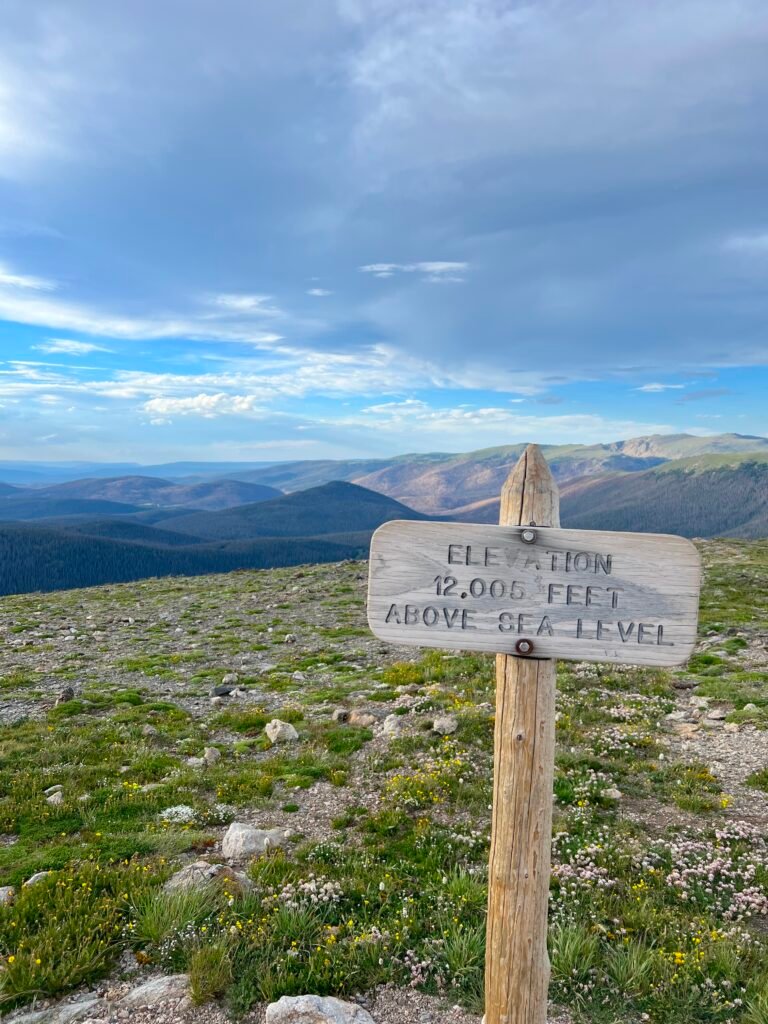
AMENITIES IN THE PARK
VISITOR CENTERS
Four visitor centers are found throughout the park, Beaver Meadows & Fall Meadows on the east side of the park, Kawuneeche on the west side, and Alpine located along Trail Ridge Road.
All are open seasonally and a great place to start your adventure in Rocky Mountain. Load up on info, pick up a park map, and get exploring. Here you can also find water filling stations, restrooms, gift shop, and museum exhibits. Hours and services vary by season so it’s best to check for current conditions before planning a trip.
CAMPGROUNDS
There are 5 developed campgrounds throughout Rocky Mountain National Park, Aspenglen, Glacier Basin, Longs Peak, Moraine Park, and Timber Creek.
Longs Peak is first come first served, all other campgrounds require reservations. Available May to September, amenities vary from each campground.
For reservations, visit the park website.
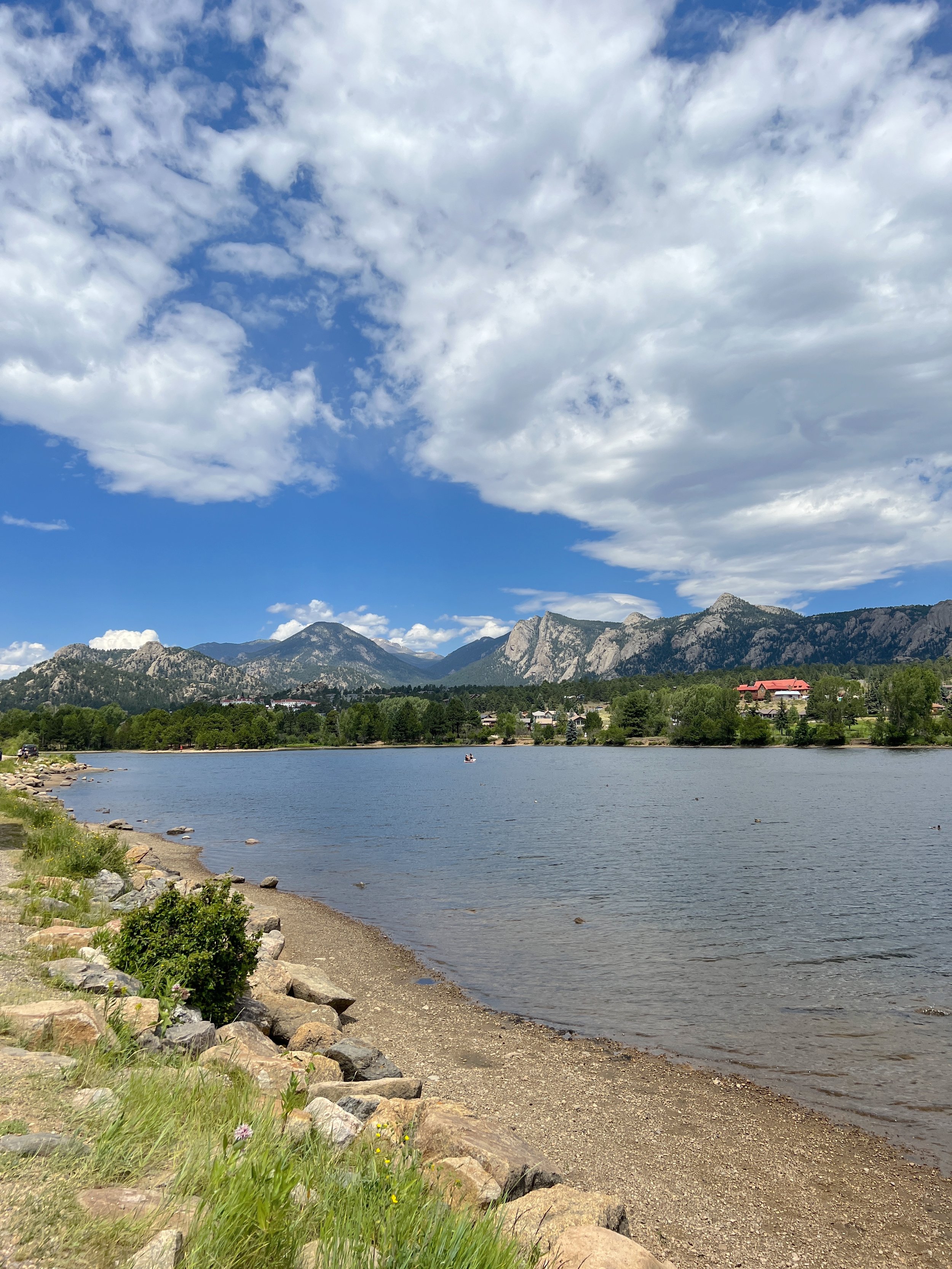
TOWNS NEARBY
ESTES PARK
A charming mountain town located on the east side of Rocky Mountain National Park. Home to the iconic Stanley Hotel and offers local shops, handcrafted treats, and tons of outdoor adventures.
LODGING
- Best Western
- The Ridgeline Hotel
- Estes Park Resort
- Brynwood on the River
- Murphy’s Resort at Estes Park
- Olympus Lodge
- Estes Lake Lodge
- Colorado Cottages
- The Landing at Estes Park
- Alpine Trail Ridge Inn
- Silver Moon Inn
- McGregor Mountain Lodge
- Stanley Hotel
RV PARKS
- Elk Meadow Lodge & RV Resort
- Manor RV Park
- Spruce Lake RV Park
- KOA Holiday
- Yogi Bears Jellystone Park
- Estes Park Campground at Mary Lake
FOOD
- Safeway
- Country Market
- The Wild Rose
- The Post Chicken & Beer
- Big Horn Restaurant
- The Rock Inn Mountain Tavern
- Ed’s Cantina & Grill
- Claire’s Restaurant & Bar
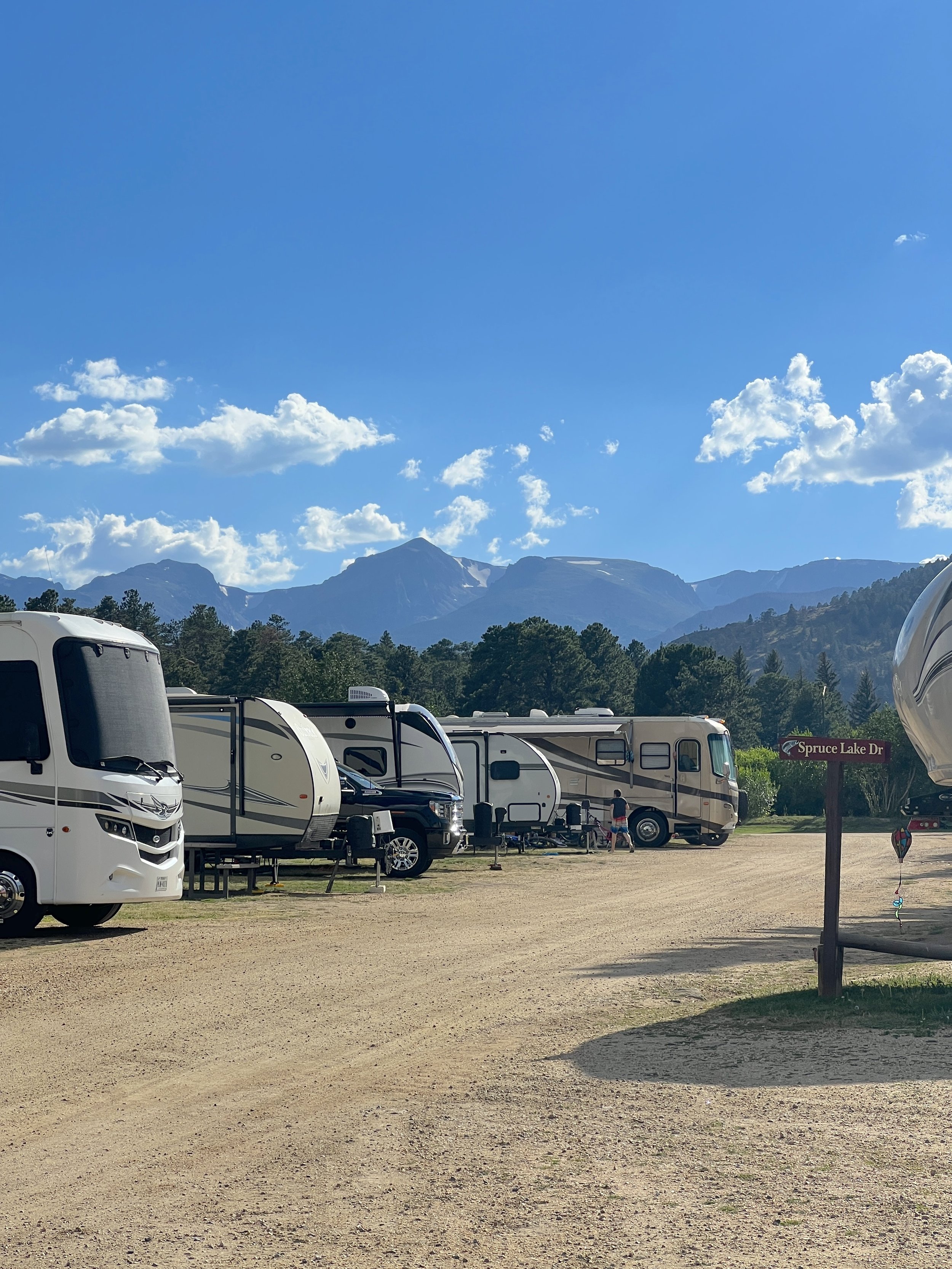
GRAND LAKE
A small town located on the west side of Rocky Mountain National Park. Offers a quieter experience compared to the east side of the park. Home to local shops and laidback dining.
LODGING
- Grand Lake Lodge
- Spirit Lake Lodge
- Timberland Inn of Grand Lake
- Western Riviera Lakeside Lodging
- Grand View Mountain Lodge
- Gateway Inn
- Columbine Cabins
RV PARKS
- T Lazy W RV Park
- KOA Journey
- Green Ridge Campground
- Winding River RV Resort
- Stillwater RV Park & Campground
FOOD
- Rocky Mountain Grocery
- Mountain Market
- Grand Pizza
- Sagebrush BBQ & Grill
- The Waterfront

Let us know in the comments if you’ve ever been to Rocky Mountain National Park.


